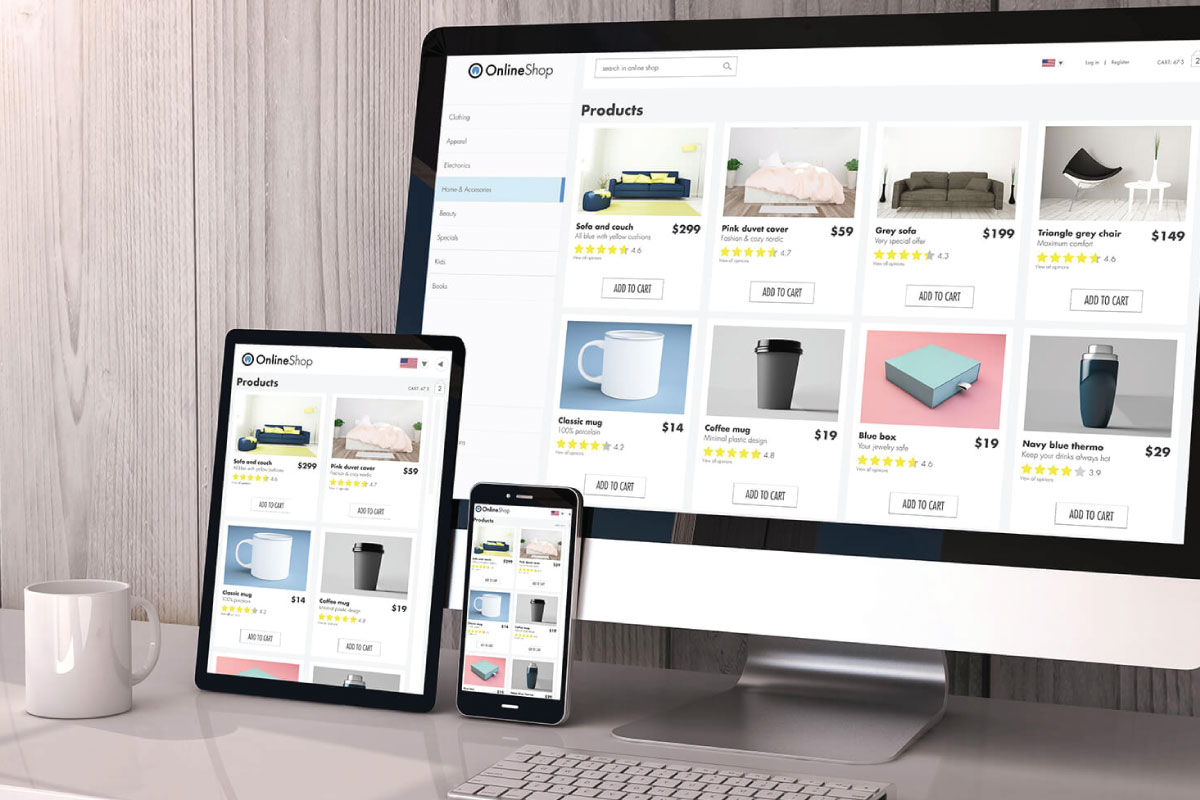If you’re wading into the mobile app development arena for the first time, it can feel a little over your head. As an entrepreneur or business leader, you need to know how the landscape operates, but you don’t always have a technical understanding of how it all works.
The purpose of this guide is to introduce you to mobile app prototyping, why it’s important and what you need to know to make effective strategic decisions. If development itself confuses you, that’s okay: you can just leave it to your developers.
What is mobile app prototyping?
Mobile app prototyping is the process of creating a basic, interactive version of the app that you would eventually like to build. It gives you an opportunity to tinker with settings, features and user interfaces. This way, you can visualise how a user might interact with your app and the type of experience it will provide.
Prototyping can take several forms. Typically, developers will include it in their software development pipeline – particularly if they are operating in-house. However, third parties also offer the service as a standalone.
Why use prototyping?
Prototyping allows you to test a mobile app, but what are the real-world benefits?
Test different solutions: You might have several concepts on the table at the design stage. However, you might not know which one is best for your application. Prototyping allows you to quickly mock up multiple apps, letting you and your team test each of them individually.
Collect feedback: Furthermore, if you are just starting out, you may not have any idea how your audience might respond to your app. Hence, prototyping is a method that you can use to gather feedback and find out what your audience really thinks of the concept before you put it into full-scale production.
Explain to investors: Mobile apps can seem quite abstract to investors. However, if you make them more concrete in the form of a prototype, it can improve investor pitching. Once you have something working that you can show them, it may be easier to raise funds.
Make your objective clear: Professional developers are good at what they do. However, they will usually only ever deliver something that reflects the brief that you give them. A prototype app mitigates this problem by showing them what you expect in principle, reducing delays, errors and confusion later on.
Mobile app prototyping stages
Mobile app prototype development goes through the following stages:
- Defining the concept that any future software development will adhere to. (Definitions can be simple sketches or complex booklets specifying objectives and features in detail)
- Identifying the market or audience that the app will target and how it will do so
- Figuring out what problem the app will solve
- Detailing the color scheme and layout
- Identifying the technologies that the app will use
- Creating a suggested price or price range for the app
Developers then create a prototypical app based on the scheme identified above. You can then play with the app yourself and see it from the user’s perspective. From that point, it is easy to iterate on the design, make improvement recommendations and so on.




